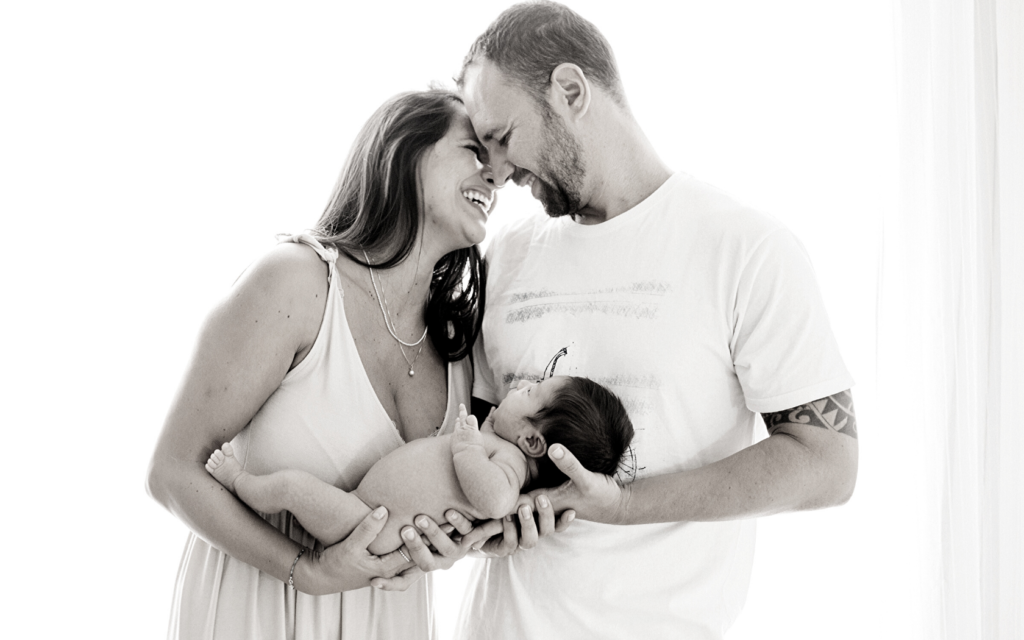This might surprise you, but our great nation isn’t so great at keeping mothers and infants safe while giving birth. Take a look at these facts:
► More than 50,000 U.S. women suffer injuries each year while bringing their children into the world.
► Almost 700 die during or shortly after delivery. (US Centers for Disease Control and Prevention.)
► The most recent maternal mortality rate (2018) was a whopping 17.4 maternal deaths per 100,000 live births.
These numbers put the US dead last among other wealthy developed countries. America ranks 55th in the world, according to the World Health Organization’s maternal mortality ranking.
What does this mean? It means we lag behind poorer countries like Lithuania, Kuwait and Kazakhstan. It means that with all its wealth and prowess, the U.S. is the most dangerous developed country for giving birth.
Here’s another surprising fact. Most countries have lowered or flatlined their maternal mortality rates over the years. America’s rate has risen. The U.S. is one of only two developed nations whose maternal mortality rates have increased since 1990. The other is Serbia.

The Culprit
What’s the worst part about all these statistics? The fact that 3 out of 5 of childbirth-related deaths are preventable!
Mothers should not die from common delivery complications. Doctors don’t need expensive procedures or new technology to help them. All they need to do is perform basic tasks that experts have been recommending for years.
So why do the numbers keep rising? Last year, US Today dug through thousands of hospital records. They interviewed victims of botched deliveries to find some answers. This is what they discovered:
► The biggest culprits of maternal death are internal bleeding and strokes caused by high blood pressure. These are preventable!
► Hospital staff often ignore standard medical practice when treating mothers. They should be calculating blood loss instead of “eye-balling” it. They should administer medication for high blood pressure right away to prevent strokes.
► Unnecessary or botched C-sections are a leading cause of injury.
► Malpractice is widespread. It occurs in tiny, rural hospitals with few resources. It happens in the biggest birthing centers boasting the best technology and staff.
► Data for maternal deaths exists. But the US doesn’t currently track childbirth injuries.
“Your wife’s just not a priority right now…”
Kira Johnson and her husband Charles chose what they assumed was one of America’s best hospitals to deliver their second son in April 2016. Cedars-Sinai Medical Center in Los Angeles treated celebrities. So when the two eager parents arrived for Kira’s scheduled C-section, they never expected anything to go wrong.
Sure enough, Langston Emile Johnson emerged healthy and happy. His mother was doing well. Soon, she drifted off to sleep.
But hours later, Johnson noticed blood in Kira’s catheter. He mentioned it to a nurse, but no one changed the catheter until an hour and a half later. An ultrasound revealed internal bleeding, and doctors ordered a CT scan. Meanwhile, Kira was shivering uncontrollably, her skin deathly pale. Johnson begged staff to speed up the CT scan, but they told him, “Sir, your wife’s just not a priority right now.”
By the time doctors finally recognized Kira’s dire condition, it was too late. Her abdomen had completely filled with blood. She died during emergency surgery, twelve hours after giving birth.
Charles later discovered that surgeons had nicked Kira’s bladder during the C-section. He filed and settled a medical malpractice lawsuit against Cedars-Sinai. Later, he told his story during March for Moms in Washington, D.C. Today, he continues to advocate for change.
“There is nothing I can do to bring Kira back,” Johnson said. “But what I can do is to fight as hard as I possibly can to make sure we send mothers home with their babies.”

Everyone’s At Risk, Even The Wealthy
Actor Dennis Quaid and his wife Kimberly’s case proves that medical malpractice before and after birth can happen to anyone, even the rich and famous. In 2007, their twins developed staph infections shortly after birth. Doctors prescribed Heparin, but the pediatric unit administered an adult dose of the drug—1000 times the safe amount for infants. Staff rushed them to the intensive care unit.
When the Quaids called the hospital to check on the twins’ condition, the staff lied and told them they were doing fine. But when they came in the next day, they found their precious children in critical condition.
The twins recovered from the overdose about two weeks later, but the Quaids were understandably livid. They sued the hospital and won $750,000.
Not everyone is lucky to survive those kinds of errors. A similar drug snafu killed three premature babies at Methodist Hospital in Indianapolis. The cases are countless.
American hospitals must do more to reduce the maternal and infant mortality and injury rate. Hospitals need to train their staff members better. Federal agencies need to do more to ensure that hospital staff follow best safety practices. But until that happens, it’s up to individuals to advocate for better care.
If you (or a loved one) believe you have suffered from birth injury medical malpractice, we can help! Contact us here.




